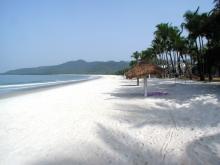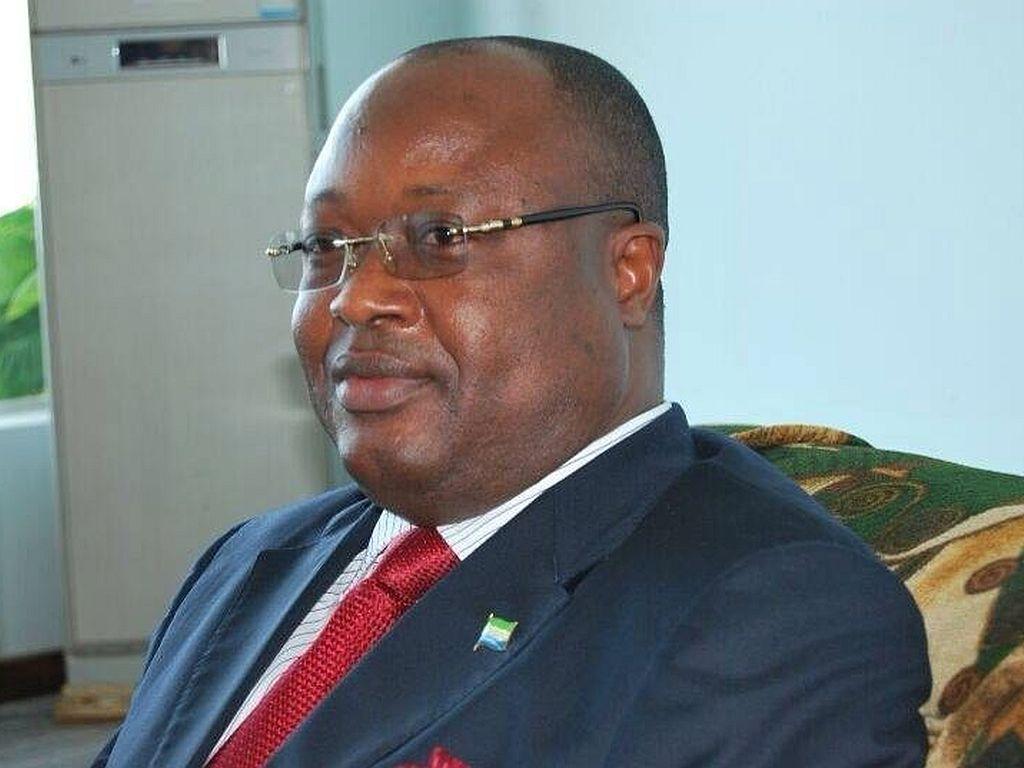By Tanu Jalloh
In its latest risk and industry analysis BMI Research, based in London, has revealed that Sierra Leone has further cemented the West African region’s strong mining outlook after Shandong’s planned investment of $700 million.
It however warned of a danger that ore prices could moderate by end of this year or early next year which could even put the whole investment at risk, possibly a blow that could weaken “an economy that has only recently started recovering from the Ebola crisis.”
The research firm, which provides macroeconomic, industry and financial market analysis, covering 24 industries and 200 global markets said the move by the Chinese state-owned mining company had been described as the largest industrial investment in the country’s history.
Shandong acquired the remaining 75% stake it did not own from African Minerals which went into administration in 2015 after the Ebola crisis halted operations and left the former owner in debt.
“This follows a growing trend of Western miners pulling out of the region owing to rising costs and debt loads [and] being replaced by risk-tolerant, government-backed Chinese investors,” BMI said in its latest industry trend analysis.
The emerging trend seemingly bodes well in certain respects for Sierra Leone, with BMI’s view that China’s provision of additional domestic infrastructure stimulus had propped up prices, contributing to a “very positive” past year for iron-ore.
“We believe Sierra Leone’s iron-ore production will remain on an uptrend in the coming years and the country will outpace Mauritania as the second-largest producer in Africa by 2019.”
The Tonkolili mine is considered to have access to some of the largest iron-ore resources in Africa, with 12.8 billion tonnes of iron-ore deposit and a mine life of over 60 years.
“The mine’s current production capacity is 20-million tonnes a year and it was initially planned that the mine would eventually produce up to 35-million tonnes of iron-ore a year. All of the iron-ore mined at Tonkolili will be shipped to China, according to Shandong Iron and Steel,” BMI Research explained.
Some local observers said this could be very worrying given the fact that output would be regulated, market options and healthy competition would be discouraged and all of that would eventually adversely impact how much the country would benefit from the industry.
This fear was captured in the same report by BMI Research which maintained in its forecast that there could be a slowdown in iron-ore production growth in the country from 15 per cent in 2017 to 4.2 per cent in 2021. This it said was because the Chinese-backed investment project was largely focused on the processing of iron-ore and which was unlikely to impact its output significantly.
When iron ore prices plummeted in 2014 on the world stage and remained $38 so till March 2016, about a quarter of its price per tonne before the crash, the World Bank Country Manager for Sierra Leone, Parminder Brar, said it was time the country diversified away from the mining economy it was.
“Now is time to focus on the value added sectors such as fisheries and agriculture,” said.
Before the commencement of iron ore mining operations in 2011, over 50 per cent of Sierra Leone’s gross domestic product, GDP was related to agriculture, 23 per cent to industry, and 26 per cent to services, according to a 2014 US Department of State investment climate statement. It added that only about 15 per cent of the 5.4 million hectares of farmland is used for agriculture.
While the processing of the ore domestically could boost the labour market, it was still unclear whether local workers would be selected for the value-addition process.
“The total contribution of Sierra Leone’s mining industry as a percentage of gross domestic product is no longer as significant as it once was and will continue to decrease in the coming years, even as GDP growth increases,” the firm added.
Meanwhile, the risk analysis by BMI Research warned that “GDP growth is expected to average less than 7% over the next ten years”, and concluded that “Our view for iron-ore prices to moderate towards the end of 2017 and in 2018 could even put the whole investment at risk, which would be a big blow to an economy that has only recently started recovering from the Ebola crisis.”
Copyright (C) Politico 2017









